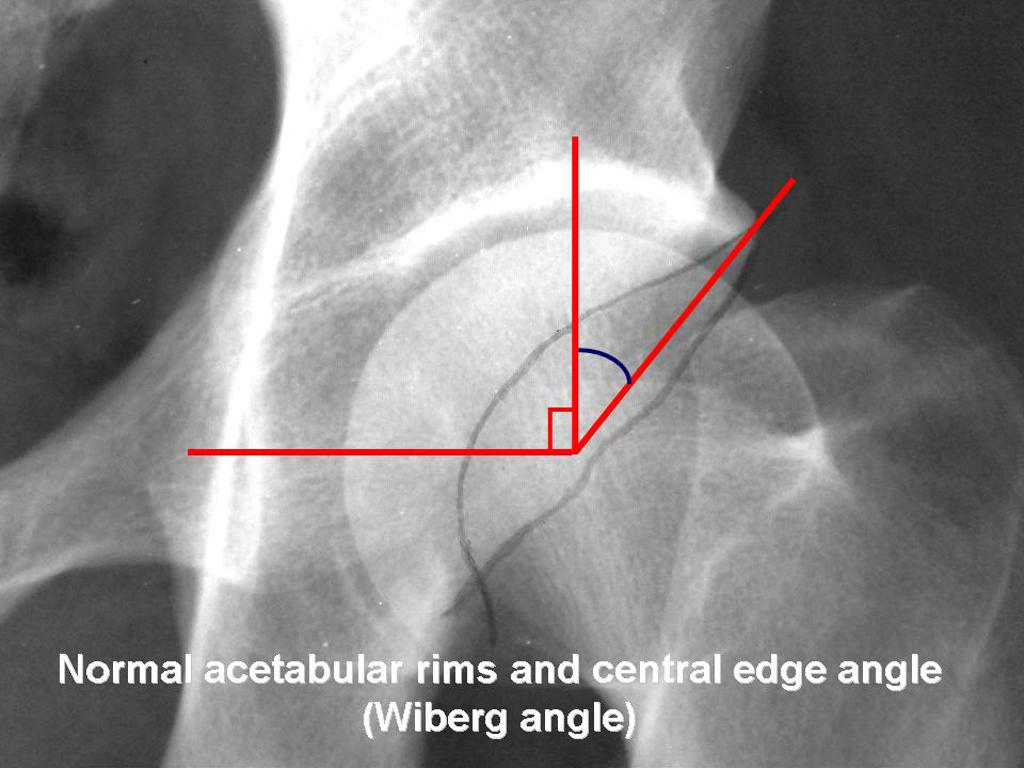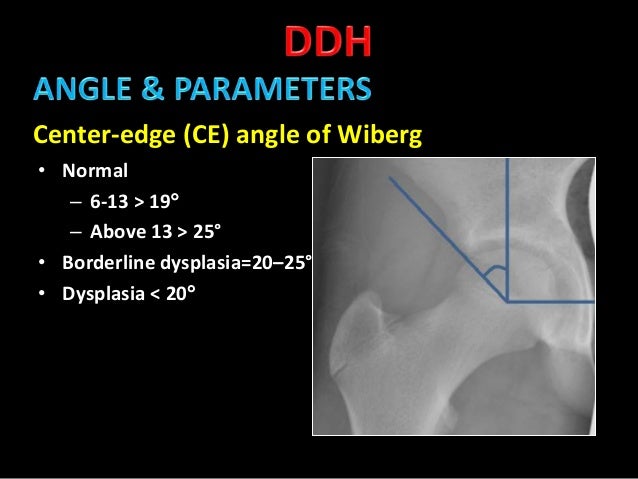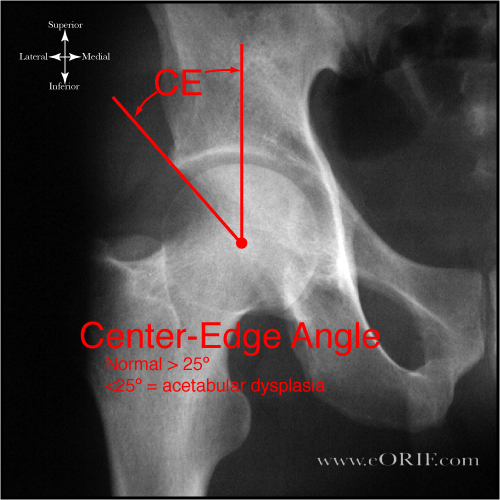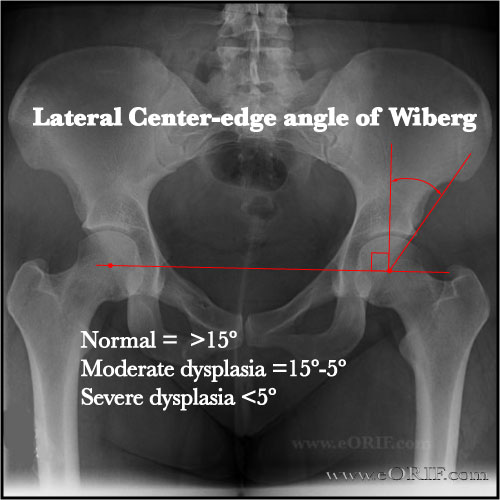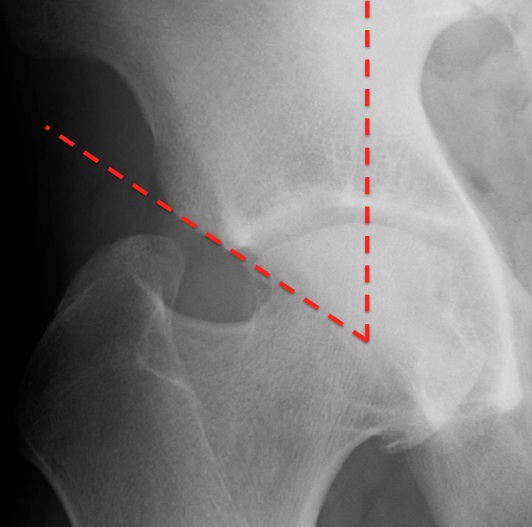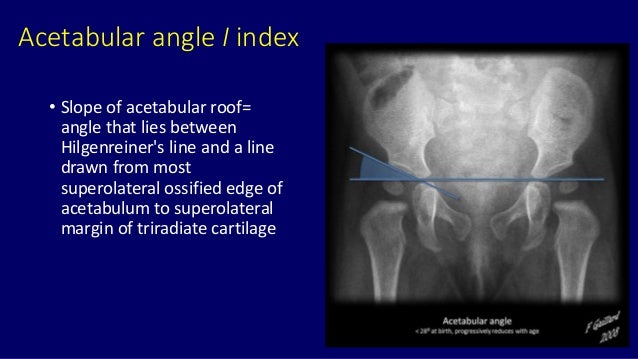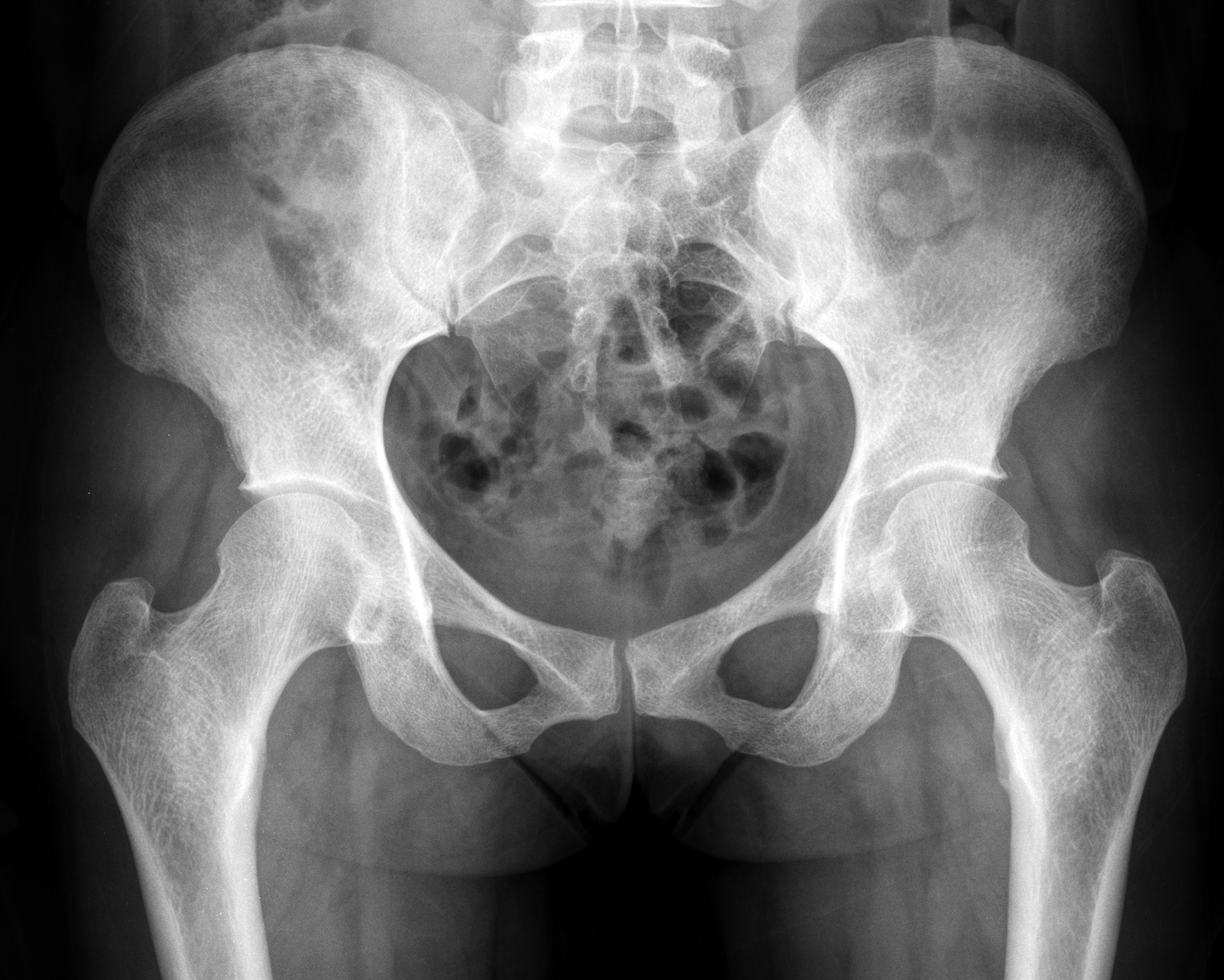Ce Angle Of Wiberg
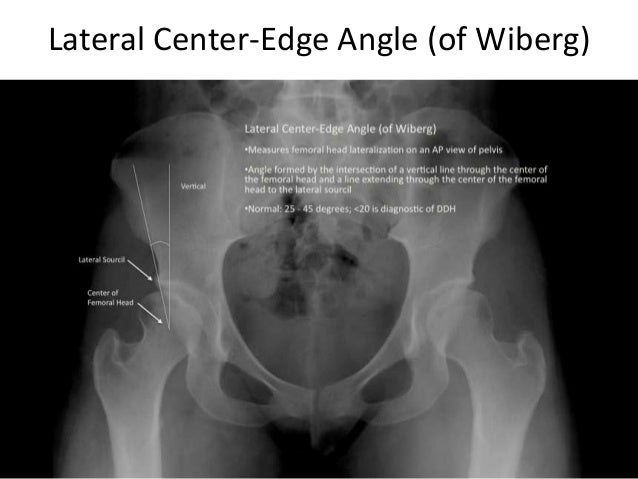
The center edge ce angle of wiberg is a measure of the lateral coverage of the femoral head by the acetabular roof.
Ce angle of wiberg. In a recent review have quoted a ce angle value of 39 as consistent with pincer fai 14. This angle will change if the femoral head is displaced or the acetabular roof is defective. The center edge angle ce angle was introduced by wiberg 1939 as a meas ure of acetabular development and or the degree of displacement of the femoral head. The ce angle of wiberg is a widely used radiographic measurement.
Line between the center of femoral head and lateral acetabular border. To read more or access our algorithms and calculators please log in or register. 1 2 the ce angle increases very gradually though adult life. Vertical line through the center of femoral head.
Center edge ce angle of wiberg lateral coverage the ce angle is calculated on the ap pelvic radiograph. The wiberg angle is the angle between those two lines. Reduced lateral center edge angle 20. The centre edge ce angle of wiberg is a measure of depth of acetabulum and of the cover of formal head.
It was originally described by wiberg in 1939 ref. It measures 7 at birth and increases to 17 in adults. This has been based on tönnis and heinecke s 15 who suggested the upper limit of normal as 38 with a deep acetabulum having a ce angle of 39 44. The inclusion criterion for this study was hip osteoarthritis secondary to hip dysplasia defined as a lateral center edge angle of wiberg of less than 20 degrees on anteroposterior pelvic radiographs.
It has been employed almost ex clusively in relation to congenital dis location of the hip and the ce angle here distinguishes normal and so called dys plastic hips. Developmental dysplasia of the hip between 20 and 25. Wiberg angle red lines should be between 25 and 40 degrees. It is measured between a line parallel to the longitudinal body axis and a line connecting the center c of the femoral head to the outer edge e of the superior acetabular rim.
Cannot be measured in patients with abnormal femoral heads due to previous injury or avascular necrosis 5 history and etymology. In protrusio acetabuli it exceeds 40 degrees.
